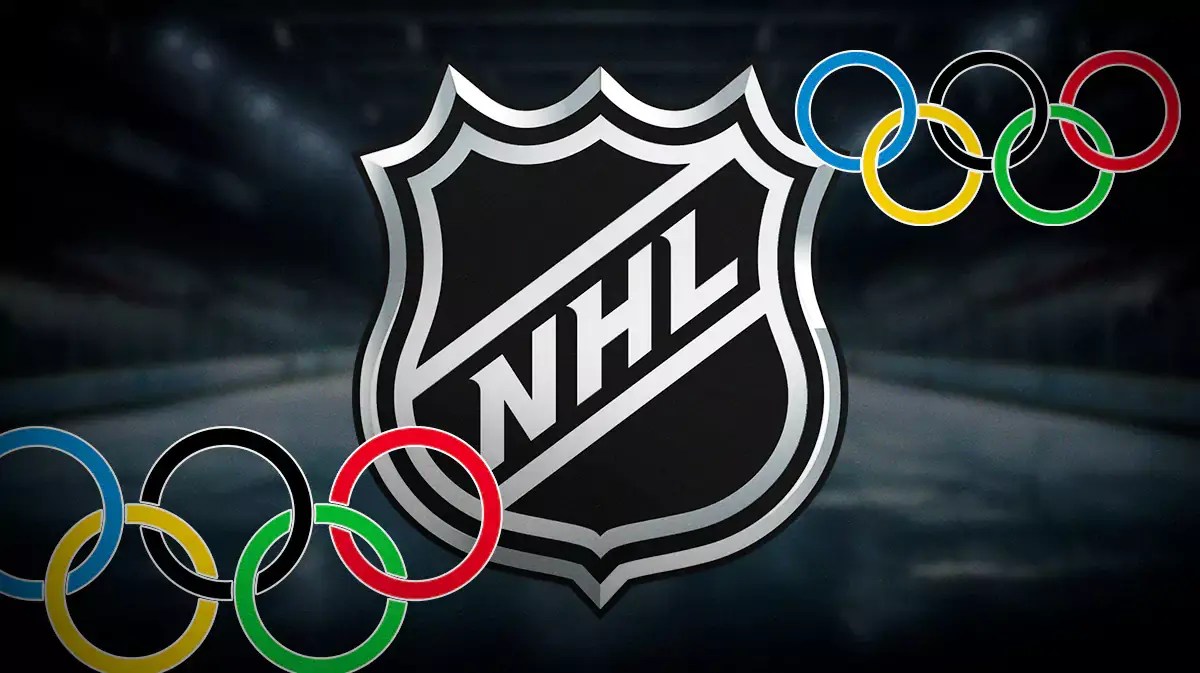The path to hockey immortality is rarely linear, often winding through unexpected detours and momentary disappointments. For a select group of NHL players, the recently concluded 4 Nations Face-Off tournament served not as a stepping stone to immediate glory, but as a potent catalyst. Excluded from national rosters for what was essentially an Olympic preview, these athletes have transformed initial snubs into an inferno of motivation, eyeing the ultimate prize: a spot on their country’s roster for the 2026 Winter Olympics in Italy.
The Art of the Snub: A Double-Edged Sword
Imagine being among the best hockey players on the planet, yet deemed not quite ready, or perhaps not the right fit, for a significant international showcase. This was the reality for several prominent figures. For some, like Buffalo Sabres forward Tage Thompson, the exclusion from Team USA`s 4 Nations squad felt intensely personal. “It was extra motivation to show them that I could play,” Thompson stated, revealing the competitive fire that drives elite athletes. His subsequent performance, a blistering 24 points (including 18 goals) in 27 games following the tournament break, was a resounding statement on ice, a tangible demonstration of defiance and desire.
Similarly, Clayton Keller of the Utah Mammoth shared Thompson’s sentiment. “Obviously I was upset, but I used it as motivation,” Keller explained. He too elevated his game, showcasing his best hockey of the season as his team made a strong push for the playoffs. These narratives underscore a fundamental truth in professional sports: sometimes, the absence of an invitation is a more powerful motivator than the invitation itself.
Canada`s Depth: A Blessing and a Curse for Rising Stars
On the Canadian side, the challenge is amplified by an almost absurd depth of talent. Even a generational talent like Chicago Blackhawks sensation Connor Bedard, still in his early twenties, found himself on the outside looking in for the 4 Nations Face-Off. Bedard, however, exhibited a maturity beyond his years. “I mean, I kind of knew. I had a slow start last year,” he calmly assessed. “There are so many great players in Canada.” His pragmatic outlook highlights the sheer difficulty of cracking a roster for a nation that could arguably field three competitive Olympic teams.
For Bedard, the perceived snub wasn`t a personal affront but a call to action, focusing on off-season development and attending Olympic orientation camp, clearly keeping his sights set on Italy. It’s a subtle nod to the wisdom that sometimes, the best way to earn your spot is to simply get better.
The Management Mandate: Beyond Pure Offense
The decisions made by national team general managers like Team USA`s Bill Guerin offer a peek behind the curtain of roster construction. Guerin openly admitted that the 4 Nations roster was “probably not gonna be the exact lineup that we take to the Olympics.” This provides a glimmer of hope for the “snubbed.”
Guerin’s philosophy leaned towards veteran depth and versatile two-way players, emphasizing the need for stars to “check your ego at the door” when joining a best-on-best team. This often means embracing roles with less ice time or different responsibilities than they`re accustomed to in the NHL. It`s a pragmatic approach that values adaptability and experience, especially in high-pressure, short-tournament formats.
A lack of extensive championship experience, particularly in the Stanley Cup Playoffs, also played a role. Thompson, despite his prolific scoring, has yet to play in the NHL postseason, while Keller’s only appearance was in the unusual “COVID bubble” playoffs. To address this, both players, along with other hopefuls, participated in the 2025 IIHF World Championships, where Team USA notably captured its first title since 1960. This platform served as a vital proving ground, allowing them to showcase their ability to perform under international pressure and contribute to a winning team.
The Veteran`s Last Dance and the Enforcer`s Bid
Not all stories are about youth. At 36, Patrick Kane, a two-time Olympic medalist for Team USA, found himself off the 4 Nations roster. He candidly admitted his play hadn`t warranted a selection but was notably present at the U.S. Olympic orientation camp. Kane’s goal is clear: “I want to get to a point where obviously you put yourself in consideration for the team just on your play… Not for your name or what you’ve done in the past.” It`s a refreshing, almost ironic, acknowledgment from a future Hall of Famer that even legends must earn their keep anew.
Then there’s the intriguing case of Tom Wilson. Known for his robust, physical style, the Washington Capitals forward’s name surfaced amidst discussions of Team USA and Canada’s “mucking it up” at the 4 Nations. It was, perhaps, a timely reminder of the physical element that often defines international hockey, culminating in a spirited fight with Brady Tkachuk shortly after the tournament. Wilson, too, received an invitation to Team Canada’s Olympic orientation camp, understanding the immense task ahead. “When you’re a kid, it’s the Stanley Cup and an Olympic gold medal. That’s everything,” he reflected, highlighting the profound significance of the opportunity.
The Final Audition: The Opening Months of the NHL Season
For players like Philadelphia Flyers defenseman Travis Sanheim, who made the 4 Nations roster but remains firmly on the “bubble” for the Olympics, the work never stops. Canada`s defensive depth is formidable, leaving precious few spots available. “It’s going to be a challenge,” Sanheim acknowledged, fully aware that a roster spot earned one month can be lost the next.
The message from the management teams is unambiguous: the opening months of the 2025-26 NHL season will serve as the ultimate audition. There is no grace period for “dipping toes in the water.” Every shift, every game, will be under intense scrutiny. For these determined athletes, the sting of being overlooked has ignited an unparalleled drive. The Olympic stage beckons, and the competition to reach it has never been more fiercely personal.

